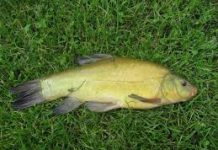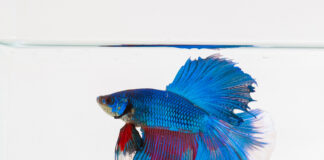What do catfish eat?
In this guide, you’ll know what is a Catfish? Where are they found? How do they live? And what do they eat?
Catfish are a different group of ray-finned fishes. They are named for their bold barbels that resemble the whiskers of a cat.
There are three alive species of catfish present today namely the Mekong Giant catfish found in southwest Asia, the Wels catfish found in Eurasia, and the piraíba catfish that are located in South America.
If you are a fish catcher and love to catch unique and rare species of fishes then Catfish can be a very good choice to execute and show off your skills. To catch a good number of catfish without wasting a lot of time, you need to understand the habitat and lifestyle of the Catfish.
Catfish usually swim or live in ponds, lakes, and rivers at moderate temperatures.
Also Read: 7 Steps You Should Know On How To Catch Grass Carp
Learning how to catch catfish always begin with getting the right bait. Knowing what do catfish like to eat will save you from being empty handed at the end of the day. Any game fish will need a variety of lure shapes, movements, and sizes. You have to remember that a bait should be appealing so that you can get a guaranteed bite.
However, catfish are not into the physical nature of baits. Instead, they go for those that have great taste and smell. There are different species of catfish. Each of them has their individual preferences when it comes to offerings.
You should also consider catfish as similar to humans. Every day, their taste and smell preferences can change. A good bait this day might not give too much yield in the next day. Any seasoned angler considers this as natural. Therefore, when you hunt for catfish, make sure you bring a plethora of baits. In this way, you can quickly adjust while you are in the waters.
Here are some of the best catfish baits you can bring in your next fishing trip. What Do Catfish Like To Eat: 4 Proven Baits
What Do Catfish Like To Eat
1. Shad
2. Chicken Livers
3. Dip Baits
4. Nightcrawlers
Conclusion
What Do Catfish Like To Eat
There are some particular variety of ingredients or food that the catfish use for their nutrition and proper growth. The most common foods that the Catfish eat are mentioned below along with their basic information.
1. Shad
Big meals are the top favorites of giant catfish. Baiting them with a huge chunk or live shad can do the trick. For example, flathead catfish only feed live fish. Because of this, a shad is a major component of the equation. Shad always stay on river channels-the same place that adult flatheads usually spend their time.
Shad can also work for channel catfish. One they grow bigger than 10 pounds, these catfish will eventually hunt for shad.
A shad is an excellent bait on rivers and reservoirs. They are prevalent in these areas. Fishers can easily get them for catfish baiting.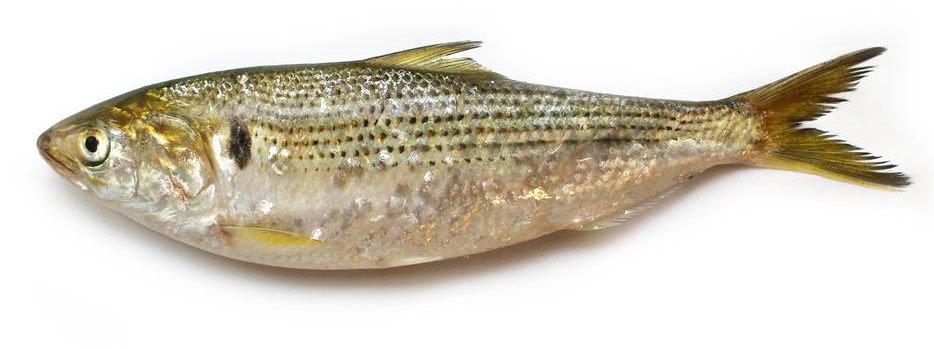
To bait a shad, you should cut it into strips or chunks first. The size should be about the size of catfish you want to catch. Big chunks are for giant catfish. The same logic applies for the opposite. Perhaps, the best way to prepare a shad is to slice its tail and head to make strips. If your slices seem large, then slice them further.
Moreover, you should ignore the guts of a large shad. This part gives off a strong smell that attracts the catfish immediately. They may not work as great as the shad itself, but they can make your rod tip dancing. With this, catfish will certainly get attracted.
There are different ways to use a shad. The most famous method is using a Carolina rig and large barrel weight to keep it sinking on the bottom. Meanwhile, you have to spread the lines around the shore or boat. This technique is useful and has been proven for many seasons.
2. Chicken Livers
The liver of the chickens is also good baits. Expert anglers are using them during hunting season to catch as many catfish as possible. Livers are effective because of their strong and meaty smell. Once you place them in the vicinity of catfish, you can expect that a school will swarm at you. They cannot just resist this delicacy!
Chicken livers may not yield lots of catfish. However, for catfish that are 10 pounds above, this bait is extremely effective. Using them is beneficial, especially to your budget. They are cheap and are available in any grocery stores.
Despite it advantages, there are some drawbacks. One of these is the difficulty to keep it one hook all the time. The liver gets tough when it is in the water already. That’s why you have to cast carefully, or else, the bait will travel farther than your hook.
One of the best ways to make the liver stay on the hook is to use treble hooks. Also, you need to use a small piece of liver so that you can wrap it easily on the hook. With this scheme, you can hook the bait on different places. Ideally, you may need to employ lob casts rather than fast, snapping casts.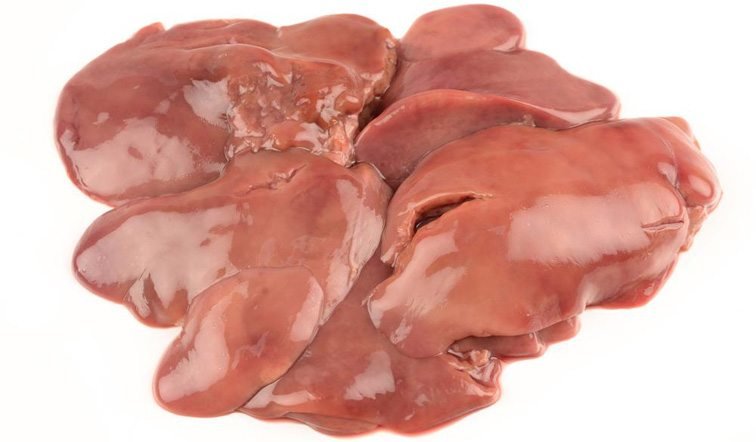
The liver is most effective within the first 15 minutes. When they lose their juice over time, their smell also dissipates. In short, their appeal to catfish loses. To prevent this, you have to use the freshest liver as possible every time you move to a new location.
The liver works excellent on areas where little blues and channel catfish are present. It is also good in parts of rivers where the current is not too strong. Using a liver bait on powerful currents such as tailraces of a dam can tear the liver from the hook.
You also have to remember to add more weights when you are fishing on large rivers and lakes. For ponds, you just need to add a split shot to your line. Ideally, you have to bring three containers of liver to make a productive catch.
3. Dip Baits
Dip baits are among the oldest offerings for catfish. Some traditional anglers are making dip baits on their own, usually from special and secret recipes they acquired. Luckily, commercially made dip blends are already available. Regardless of that, it is still undeniable that dip baits are effective in attracting catfish. They may smell repulsive, but for catfish, they are simply irresistible!
Typical dip bait should have a protein base or cheese on its content. Do not use dough balls. They smell bad, and they don’t hold too much appeal for many catfish species.
Good dip baits are soft. Once you submerge them in the water, they gradually break. At the same time, they are also robust enough that they can resist being washed by the water. The quality of a dip bait can be tested on a current. The current breaks down several chunks of the bait, which eventually spreads on the water. Catfish will follow the trail until they will end up on your hook!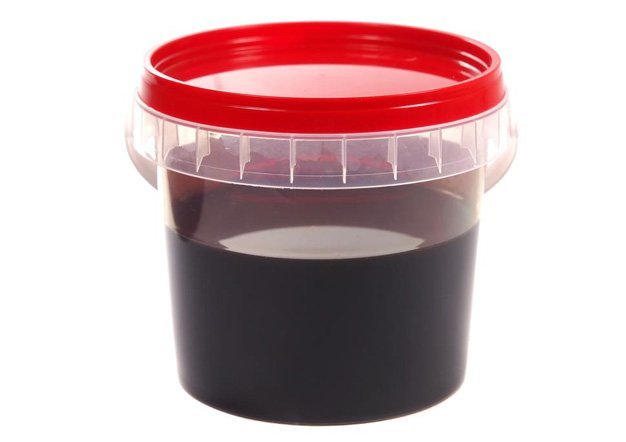
We also recommend that you have to cast the bait in the same area for several times. In this way, you can strengthen the scent by diffusion. It can gather schools of catfish. Just wait a few minutes. Biting will soon follow.
Regardless of the type of hook you have, dip baits just don’t stay. This bait has no solid parts. To solve this problem, anglers use “catfish worms.” This fishing accessory is a tube that has holes. They are useful in holding this type of bait. Alternatively, you can thread a sponge on the shank of a treble hook so that a dip bait can have a solid hold.
Dip baits are most effective in shaded areas or during mid-summer. The heat can easily thin out the bait. Other manufacturers are producing additives which can harden this kind of bait.
4. Nightcrawlers
Worms are the primary baits for any fishing. The simplicity of this bait makes it extremely difficult to replace, even with modern ways of fishing. For a catfish, a night crawler offering is something that it won’t turn down. The natural smell of this worm can attract catfish effectively.
Bigger night crawlers work best compared to the smaller ones. Big catfish will require large and juicy night crawlers. Many fishers are using two to three worms on the hook to amplify its effectiveness.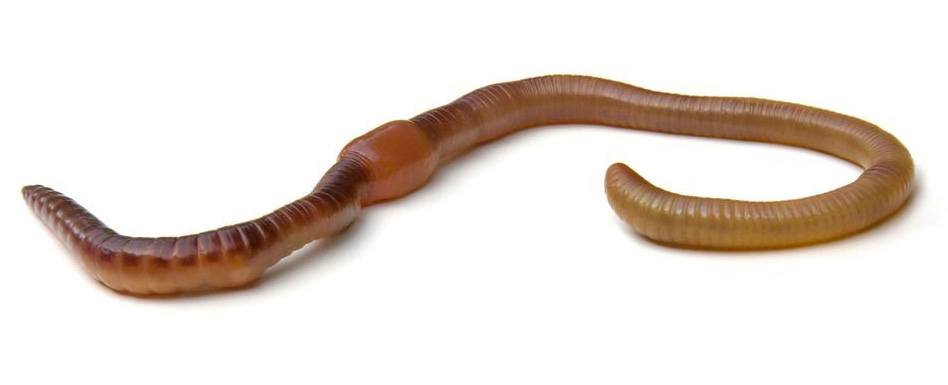
Catfish are not picky. They do not care how the night crawlers are hooked. They just care on how the worms taste or smell. Therefore, you need to hook a lot of worms to increase your chance of catching those catfish.
An effective way of using night crawlers is by suspending them under a float. Hang the bait slight off the bottom. This method works well when catfish are gathering around stumps and beneath flooded trees. The float enables you to set up the bait properly. You can also move it to different locations so that you can easily spot catfish.
On the other hand, you have to remember that night crawlers are not good with young catfish. Cutting them would be hard and messy. Furthermore, children catfish can easily suck night crawlers.
One great aspect about night crawlers is that they are ideal for family fishing. You can let your kids hunt their own worms. Your backyard might be teeming with these worms. So it is good that you will let your kids some errands for you!
5. Crawfish
Gathering crawfish can be an excellent bait for catching the freshwater fish as it is a natural food source for the catfish. A Crawfish contains a lot of meat at its tails that make it an attractive thing for the Catfish swimming in that area.
A shelled crawfish is a perfect bait ingredient for the catfish as the meat easily falls off the hook due to its tenderness which makes the fishing rod vibrate allowing you to catch the Catfish.
A Crawfish is a perfect bait for the Catfish in the early spring to late fall fishing trips.
6. Canned Dog food
Using canned dog food as bait can be very successful in catching Catfish living in channels. They have taste buds distributed throughout their bodies that help them in searching for food by using their strong sense of smell.
Take a canned dog food, thread it into some bite-sized pieces to your fishing hook. Before throwing out the fishing line from your spin cast reel into the water, it is good to spread some punctured dog fold near your fishing area to attract a number of Channel Catfish around that area.
7. Food for young Catfish
Before A Catfish reaches its maturity, it is known as a young catfish. The young Catfish hunt for foods that are easily available and consumable for them. The worms and other small invertebrates-animals that do not possess a backbone- are the prime food sources for the young Catfish.
The prey of the young Catfish primarily includes the aquatic larvae of various insects such as dragonfly nymphs, caddis fly larvae, and hellgrammites. The small crayfish is also a primary and excellent food for the young Catfish.
How do catfish find food?
As the Catfish have very small eyes, so it is not a primary tool for them to look for food and prey.
Primarily, the Catfish use their sense of smell and the well-known Barbles to find food and maintain the process of their nutrition for their proper growth.
Their primary tool, whiskers, are actually the highly sensitive feelers known as barbles. These barbles are full of buds and are distributed throughout the whole body of the Catfish. The barbles also contain olfactory sensors that enable the Catfish to detect food smell. The barbles are also used as a sense of touch by the Catfish. The highly sensitive buds are the reason due to which the Catfish are easily able to find food even in darkness and muddy areas.
The Catfish(almost of all species) consists of nares.
Nares are the tiny and small holes located on the side of the snout of the Catfish. The nares pass-through tiny chambers that contain several folds. The purpose of the folds is to enlarge the surface used for smelling. The folds are also covered with olfactory receptors.
The Catfish consist of more than 140 folds which is the highest number of folds found in any species of freshwater fish.
The Catfish are very sensitive and are able to catch even a very sensitive vibration made by the prey. There is another ability of the catfish that helps them in catching the prey and that is that the Catfish themselves make almost no noise/vibration that prevents them from being detected by the prey.
We will later understand the importance of Sensitivity to vibration while selecting lures for Catfish fishing.
Among all the Catfish species, most of the Catfish swim in search of food and while doing this, they actively swim across one river to another or from one river bottom to shallow water near the shore.
Feeding farm-raised catfish vs. Feeding wild catfish
The main difference between the farm-raised catfish and the wild catfish is that one is fed by humans while the other has to find their own food in the wildlife.
Farm-Raised Catfish
The farm-raised catfish, that live in ponds and pay lakes are usually fed with pellets that are specially made for them.
The pellets contain about 30 percent rich in protein and they are fed differently according to the water temperature.
People use floating pellets when the water temperature is above 18° celsius and the slow sinking pellets are used when the water temperature is between 15°-18° celsius. Whereas the Catfish are fed with sinking pellets when the temperature goes down below 15° celsius.
A similarity between the captivated and wild Catfish is that both species like to go deep in the water and spend more time without surfacing to keep themselves warm when the water is cold during the winters. This is also a reason why they are fed with sinking pellets.
Along with pellets, there are a number of natural food resources that are available for the captivated Catfish.
Some common food resources that are used to feed the Catfish include live fish, worms, and frozen mixtures available in the market that contain shrimp, fish, and plants.
For the proper growth of the Catfish, it is required to feed them properly at certain times a day. Research recommends feeding the Catfish when the level of oxygen in the water starts to rise. It is also recommended to avoid feeding the Catfish in the morning or midday.
Wild Catfish
Talking of similarities between the two species, wild catfish are also affected by the level of oxygen in the water. The wild Catfish also pretend to avoid the intake of food when the oxygen level in the water is low.
As rivers have a constant flow of water at a high-rate, it is less predicted to occur high-oxygen level fluctuation there, at least the rivers large enough with a constant and strong flow. This allows the Catfish to eat at any time of the day.
In the field of fishing, Wild Catfish are also very fond of pellets and are very attracted to them in the form of prebaiting, which is usually practiced by anglers.
Large rivers change the temperature of water at a very low rate than that of lakes and shallow and small ponds. They usually warm-up late in the springs and also cool down slowly in the late fall.
According to this data, we can say that wild Catfish start feeding a bit later in the winters than their relative species living in the ponds. The wild Catfish also depends on the availability of prey and that is connected to their behavior.
Foods to feed farmed Catfish
The most effective ability of the Catfish due to which they are most likely to be farmed is that they aren’t picky and they can eat anything you give. When farmed, they are fed with a variety of food products.
Mostly the farmed Catfish are breaded to a large size to eat or for sale or they are kept with other fishes in a glass or aquarium.
The top food products that are used to feed the Catfish are mentioned below along with their respective information.
Tilapia fish
Because of the reproductive ability of the Tilapia fishes, they are preferred as a good feeding ingredient for the Farmed-Catfish. A male and a female Tilapia fish are introduced in a pond and then they can reproduce thousands of tilapia to be used as a food ingredient for the Catfish.
Cracked eggs
Cracked eggs are boiled to feed the Farmed-Catfish by the farmers. They are also used to mix some ingredients using the egg paste.
Live foods
Catfish love small live food and are constantly fed live foods. Two of the favorite live foods of the Catfish are blackworms and earthworm(provided that they are cleaned thoroughly.
It is always good to be careful while offering earthworms to the catfish if they have been in contact with pesticides.
Catfish sometimes pretend to ignore the top dwelling live food but it is good to try feeding them with staples like mosquito larvae and bloodworms to check if your catfish accept them.
A small number of catfish also go for a chase before small fishes, so it is good to keep some small live fishes in a secure fish tank(aquarium) and to use them as bait for the Catfish.
Conclusion
Other baits like crawfish are also effective for cat fishing. As long as your bait has a strong smell and taste, they can easily attract catfish. Baits like aquatic food and leeches can also work well on this type of fish. When those baits we mentioned are not present, you can use aquatic bugs, snails, and minnows instead. They may not produce great yields, but they can still attract catfish.
Always remember that adult catfish will go 100% carnivorous. Varieties like the flathead catfish will tend to hunt small fish. It can even eat its kind! Take note all these aspects so that you can decide what bait you will use for the certain place.
>>> Read More:

